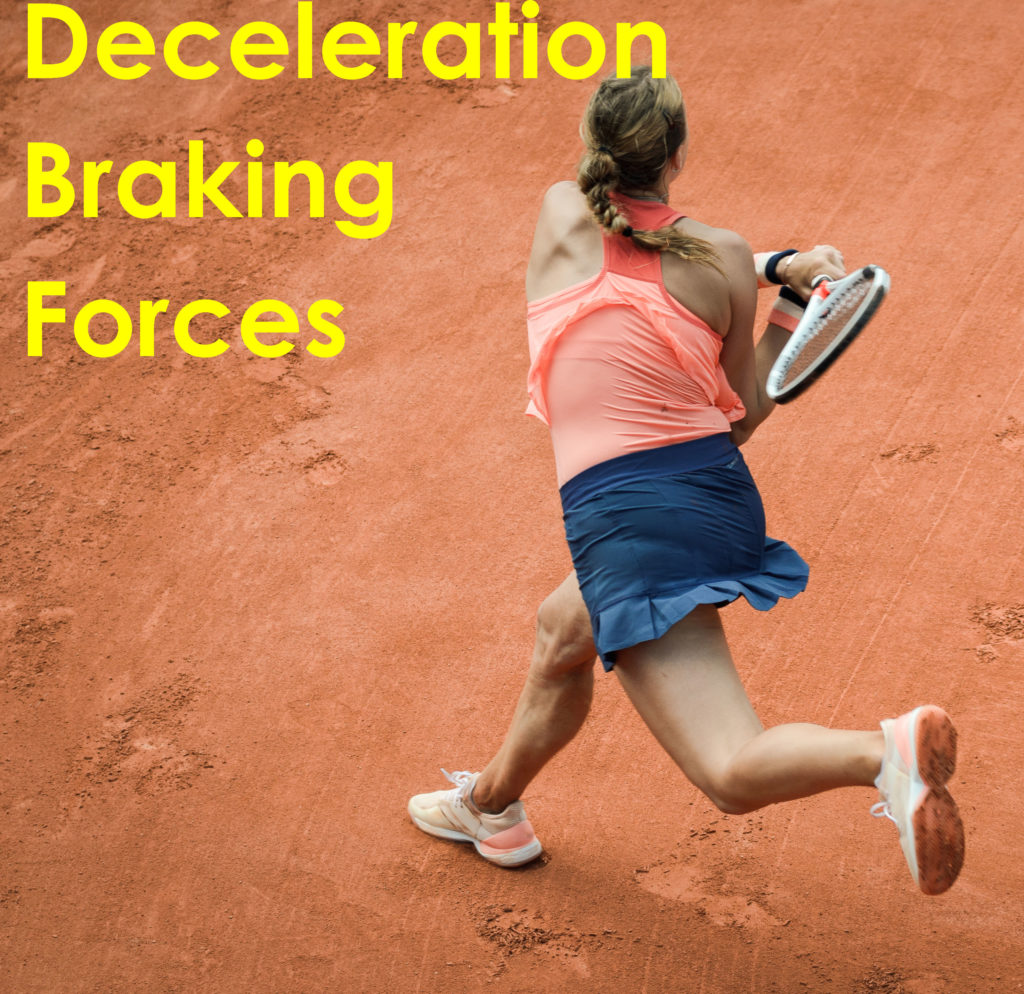Repetitive Use injury
Butt pain – Isometric Exercises
“Butt Pain.” has different tissue diagnoses. Possible diagnoses are sciatica; piriformis syndrome; gluteal tendinopathy; hamstring tendinopathy; bursitis; hip arthritis; and others. There are many treatments for butt pain. My “go-to”…
Read MoreOptimizing human movement requires clarity of description of movement
To know where you are going you must first know where you are. To optimize human movement, analysis of human movement is required. To identify optimal human movement clear qualitative…
Read MoreWhole vs part method of learning to walk/run a new way: deviant to less deviant
When learning a new physical skill an individual, therapist, or coach can choose to practice a new skill in whole or part. Motor skills learning can be practicing the whole…
Read MoreExercise prescription – Art & Science
Exercise while not a drug can behave like one. Exercise can help in the management of chronic diseases and offer pain relief for individuals suffering from musculoskeletal pain syndromes. Like…
Read MoreAdding observation of deceleration forces to diagnosis & treatment of movement system impairment syndromes & musculoskeletal pain syndromes
Shirley Sahrmann and colleagues share an elegant clinical reasoning process model to diagnose and treat musculoskeletal pain syndromes and movement system problems. The movement system is physiological organ systems…
Read MoreDiagnostic imaging pros & cons – be careful what you ask for
There are many reasons to request a diagnostic image such as a radiograph (X-ray), MRI, sonogram (ultrasound), and CT scan. They are to diagnosis a pathology/trauma; determine treatment options; screen…
Read MoreGait deviations clustering gait deviations – injury – new data
In a previous blog article, I discussed the question “Is there a gait deviation or cluster of gait deviations which is common across musculoskeletal pain syndromes?” The consensus is currently…
Read MoreChoice of feedback for learning new movements
A common practice when addressing painful musculoskeletal pain syndromes is the symptom modification procedure. This procedure involves identifying the specific movement, posture, and/or activity that reproduces the patient’s symptoms. The…
Read MoreDownhill running – up does not equal down
Running uphill does not equal downhill running. The faster speed of running downhill does not equal the slower speed of running uphill. The rule of thumb expressed in Jack Daniels’…
Read MorePuny Calf Muscles Syndrome
It is time to replace the common belief that stretching exercises should occur before exercise or sporting activity with a newer concept that strengthening exercises for the calf muscles should occur before exercise or sporting activities. During warm up for exercise & sporting activity make a conscious effort to walk with spring in your step. Reactivating & reversing puny calf muscles can prevent injury, increase athletic performance, forestall old person shuffle, & look better.
Read More









